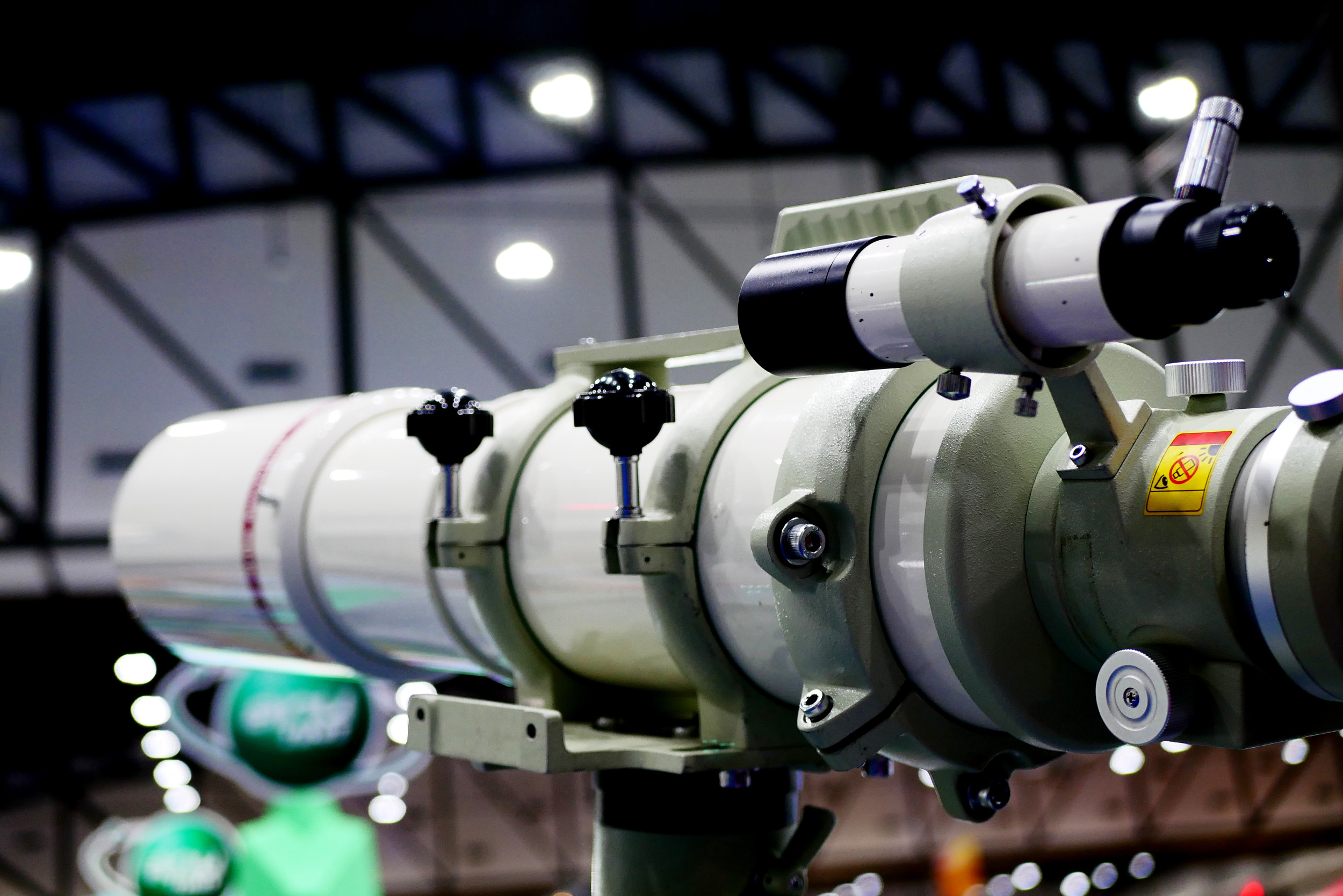
Chinese researchers say they have discovered a way to observe tiny text and other fine details at a higher resolution from almost a mile away using a laser-based method.
Newsweek contacted the University of Science and Technology of China for comment via email outside normal office hours.
Why It Matters
Detecting fine details at a distance can be difficult—even under ideal weather. Telescopes and laser beams must be carefully aligned. Atmospheric turbulence can distort the light, interfering with visibility.
Intensity interferometry, a method traditionally used in radio astronomy, is able to cut through these distortions and involves measuring intensity fluctuations of light received at separate detectors.
The University of Science and Technology of China study, published earlier this month, demonstrated that the method could also be used to detect objects that, unlike stars, are not self-luminous—opening the door to potential applications here on Earth.
Getty Images
What To Know
The system works by illuminating a target—in this case, millimeter-size letters—with laser beams. A pair of telescopes then record the intensity of the reflected light.
Rather than capturing the light reflected directly from the object, the system measures how the laser light is scattered by the surrounding space. The image can then be reconstructed by comparing the intensity fluctuations captured by each telescope.
Using this method, the team was able to identify letters just 1 millimeter wide—smaller than the width of a pencil—by illuminating them from 0.85 miles away. That’s a 14-fold improvement in spatial resolution compared to what a single telescope could achieve.
This application of intensity interferometry “holds promise for advancing high-resolution optical imaging and sensing,” the researchers said.
What People Are Saying
Paul McManamon, the president of Exciting Technology LLC and technical director of the University of Dayton’s Lidar and Optical Communications Institute, told Newsweek: “This looks like a very interesting result. Normally, to have very high resolution you need a very large aperture due to the diffraction limit.
“By having multiple receive apertures [in this case telescopes] spread out across the same distance as a large single receive aperture you can have similar resolution, although some features may be missing at certain spatial frequencies. When you then also add multiple transmit apertures [laser emitter], you can further enhance the resolution.”
What Happens Next
These findings could be applied to any number of scenarios where remote, detailed observation is ideal—such as wildlife monitoring and the structural assessment of high-rise buildings.
The system would not be useful in situations that call for discretion—such as espionage—since the target object must first be actively illuminated.
